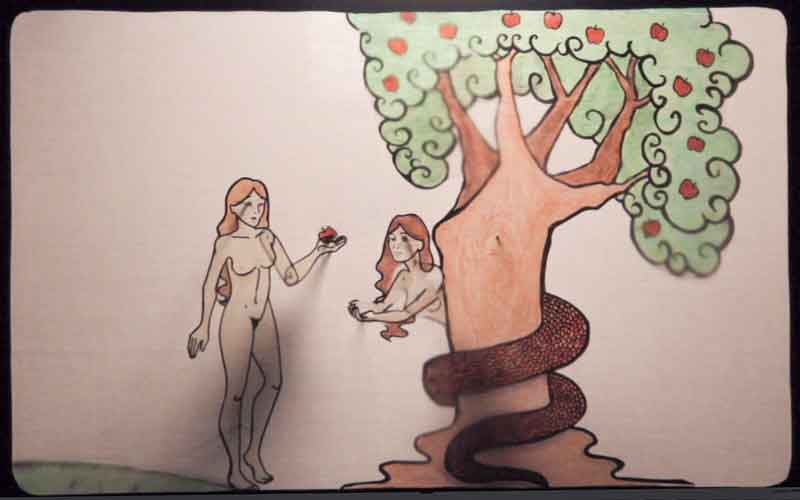Using Theater
The great advantage of theater is that it presses knowledge into our entire being. Unlike academic study, which mostly engages our mental function, enactment must involve our emotional and physical functions as well. It is a powerful tool for understanding, and understanding is our most powerful agent for lasting change.
While planning our first international gathering in Rome in 2017, I realized that exploring the city’s world-famous sites wouldn’t be enough. I wanted to find ways of making what we saw personal and relevant. How could we take in the architecture of the Pantheon, the stories portrayed in Saint Peter’s Basilica, and the Capitoline Museum’s sculptures, and make them personally meaningful? The answer lay in one of humanity’s oldest teaching tools: the theater.
Theater is as old as civilization itself. Archaeological records suggest that the earliest farming communities incorporated dramatic enactments in their rituals and ceremonies. This was not for entertainment; it was a method of engaging the whole community. Dramatic enactments evolved through the centuries to become the theater we know from Ancient Greece, Medieval Europe, and Classical India. Although it took different forms, it always served the same fundamental purpose: to breathe life into abstract principles and make them living realities.
Our first attempt at theater in Rome was modest. We enacted the story of Adam and Eve, a central feature of Christian art. We reverted to the medium of shadow puppets; behind a backlit screen, practitioners brought color-paper figurines to life in a play of light and darkness. This particular medium demands little acting experience and spares participants the challenge of direct exposure on stage. The success of this initial venture was encouraging, and we began experimenting later with on-stage theater as well. At subsequent gatherings, practitioners learned their lines or music, creatively constructed props and costumes from local materials, and rehearsed every day. We enacted plays themed around stories directly related to the historical-cultural sites we visited. For example, The Churning of the Milky Ocean in Angkor Wat; The Hero Twins’ Journey to the Underworld in Palenque; and The Israelites’ Exodus from Egypt in Luxor.
The Temptation of Eve | Shadow Puppet Reenactment
Rodney Collin said that one could only really understand anything if one simultaneously appreciated it with the mind, emotions and physical senses. The great advantage of theater is that it presses knowledge into our entire being. Unlike academic study, which mostly engages our mental function, enactment must involve our emotional and physical functions as well. It is a powerful tool for understanding, and understanding is our most powerful agent for lasting change. If students could deeply understand even one thing from their participation in a gathering, they would be returning home with a lasting profit.
We used theater once more in our recent gathering in India. We performed The Great Departure, the story of Prince Siddhartha’s gradual awakening to the reality of his confinement in a palatial prison. Like the Prince, we do not initially realize we live in sleep, confined to an imaginary picture of ourselves and the reality of the world around us. The play follows Siddhartha’s growing awareness of his condition, his attempts to break free, and his final escape. The image of Siddhartha stepping out of the confinement of his palace made for a powerful finale. There was truth in this spectacle, as well as drama and fun.
The success of The Great Departure highlighted another advantage of theater: its adaptability. It can be performed at the humblest levels as well as on the grandest scale. Our journey with theater reflects this range. We began with shadow puppets in Rome, where practitioners could hide behind a screen while giving voice to the story of Adam and Eve. With each subsequent gathering, our ambitions grew along with our capabilities. By the time we staged The Great Departure, our theatrical endeavors had evolved from an exercise in self-development to a performance capable of touching both participants and audience alike. Although still only dabbling with the humble registers of theatrical experience, our productions have come to achieve an artistic quality that can move others, a bridge between inner meaning and outer expression.
Below are photographs from our performance of The Great Departure in India.



